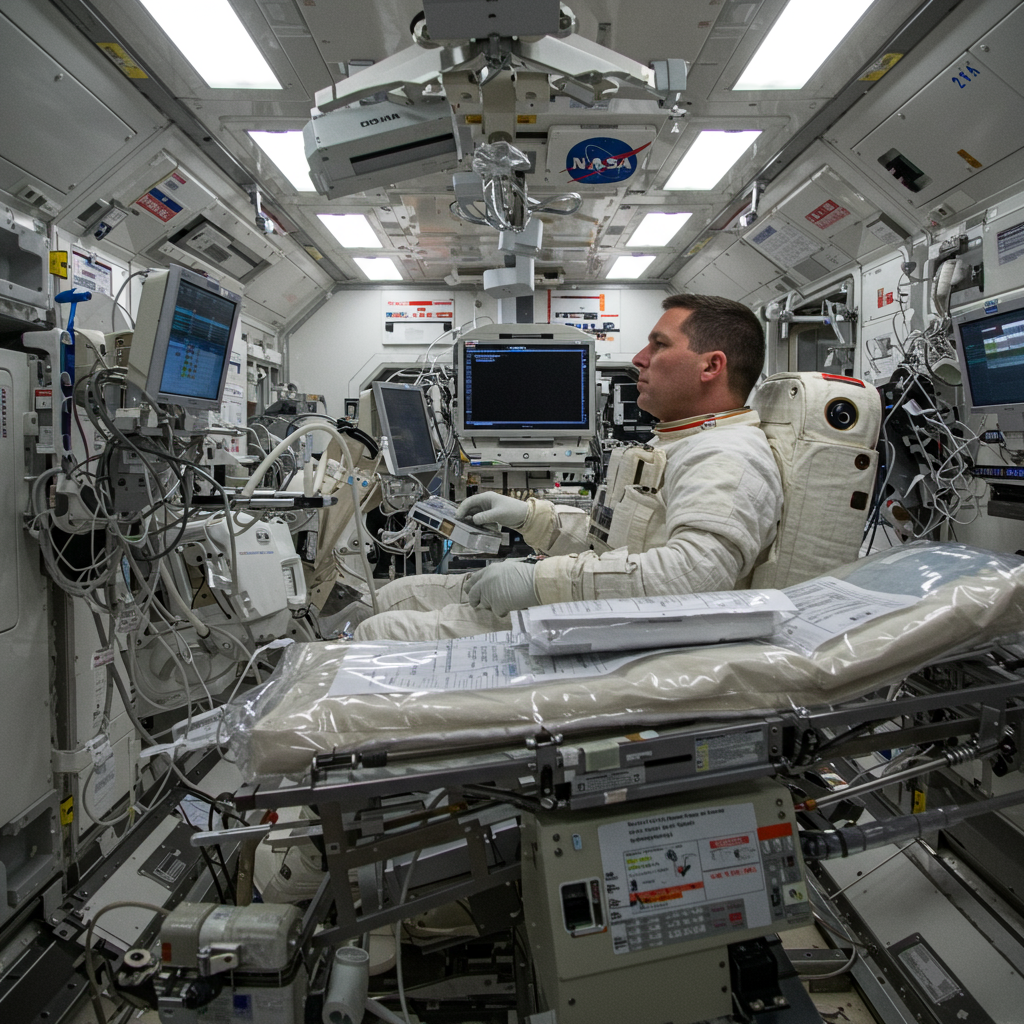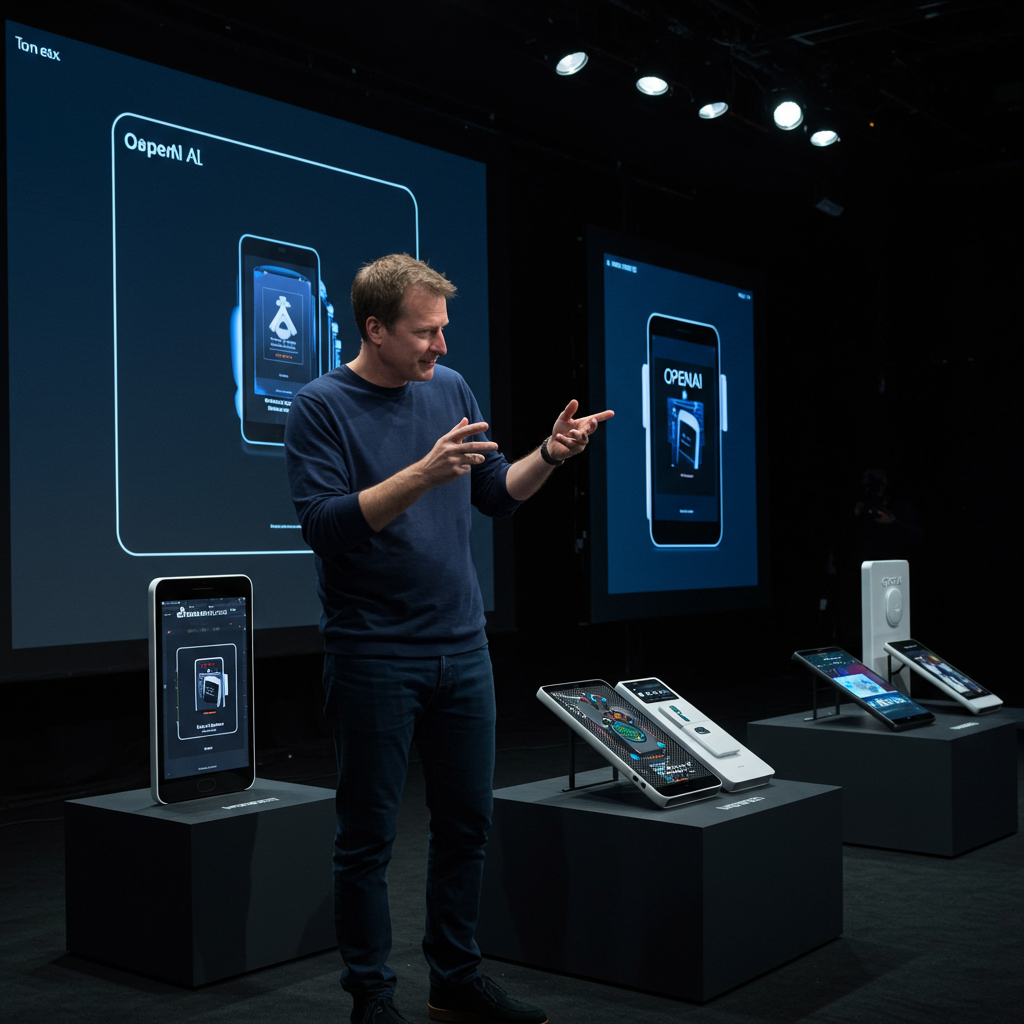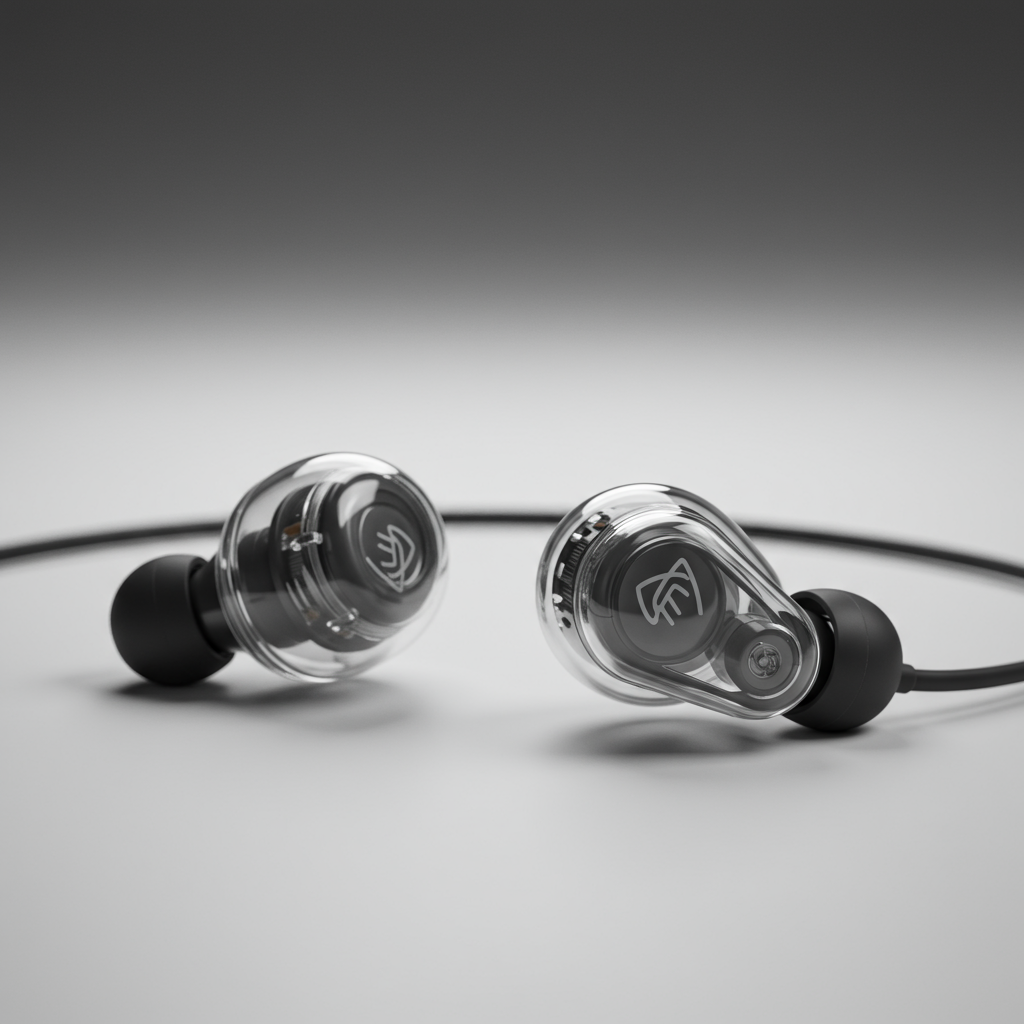Space exploration demands innovative solutions, especially when it comes to astronaut health. Imagine a future where astronauts, millions of miles from Earth, can autonomously diagnose and treat medical conditions without real-time guidance from mission control. This isn’t science fiction; it’s the cutting-edge reality NASA and Google are building with their Crew Medical Officer Digital Assistant (CMO-DA). This groundbreaking AI system promises to revolutionize deep space healthcare, making ambitious missions to Mars and beyond safer and more self-sufficient, while also holding immense potential for terrestrial applications.
The Imperative for Autonomous Space Healthcare
Long-duration space missions, particularly human journeys to Mars, present unprecedented health challenges. Astronauts face unique physiological stresses, including prolonged exposure to radiation, microgravity-induced bone density loss, and muscle atrophy. Crucially, vast distances cause significant communication delays with Earth. On a Mars mission, a one-way communication lag can exceed 20 minutes, rendering immediate medical consultations impossible. This critical gap necessitates autonomous healthcare capabilities, empowering astronauts to address medical issues effectively and independently. The NASA Google AI collaboration directly tackles this fundamental challenge, aiming to reduce dependence on Earth-based support systems.
Introducing CMO-DA: The AI Crew Medical Officer
The Crew Medical Officer Digital Assistant (CMO-DA) is far more than a simple chatbot. It represents a monumental leap in space medicine, designed to provide comprehensive, real-time diagnostic and treatment support to astronauts. This experimental, multimodal tool interacts with crew members using speech, text, and images. For instance, an astronaut can verbally describe symptoms, upload a photo of an injury, or type out observations to receive expert-level medical advice. This versatility ensures the system adapts to the dynamic and often challenging environment of space, allowing astronauts to get crucial assistance regardless of communication method.
Leveraging Google Cloud’s Vertex AI platform, CMO-DA integrates sophisticated AI models from both Google and other third-party sources. This powerful infrastructure provides the backbone for the system’s advanced capabilities, allowing it to process complex medical information and deliver actionable insights. The development underscores a critical need for new technologies that bolster astronaut well-being on extended missions, ensuring their safety as humanity ventures further into the cosmos.
The Technology Behind the Breakthrough: Google’s Vertex AI
At the heart of CMO-DA lies Google’s robust Vertex AI platform, which enables advanced natural language processing (NLP) and machine learning (ML). These technologies are crucial for the AI’s ability to understand complex medical descriptions, analyze vast amounts of spaceflight medical literature, and generate accurate diagnostic and treatment recommendations. ML allows the CMO-DA to learn and improve its performance based on extensive data, while NLP ensures seamless interaction with astronauts, interpreting their inputs and providing clear, timely medical advice.
This integration of cutting-edge AI transforms raw health data into actionable medical decisions, empowering astronauts to become more self-reliant. Experts emphasize that the system’s multi-modal AI architectures are essential for extended missions where traditional medical pathways are simply unfeasible. The synergy between Google’s AI prowess and NASA’s deep understanding of space health is truly pushing the boundaries of what’s possible in healthcare delivery.
Rigorous Testing & Promising Results
The development of CMO-DA involves rigorous training and validation, ensuring its reliability and accuracy in extreme conditions. The AI has been extensively trained on a vast library of spaceflight medical literature, equipping it to handle the unique health challenges encountered in microgravity and deep space. This training is complemented by intensive simulation testing, including scenarios that mimic potential medical emergencies.
These simulations utilize frameworks like the Objective Structured Clinical Examination (OSCE), a standard used for evaluating human medical competencies. During tests, the AI’s ability to diagnose and suggest treatments for common astronaut ailments like ankle injuries, flank pain, and ear pain was evaluated. Results were highly promising, with diagnostic accuracy ranging from 74% to an impressive 88% across different scenarios. NASA’s Human Research Program is actively involved in validating the system’s reliability and safety, underscoring its commitment to astronaut well-being. These outcomes suggest CMO-DA can significantly improve an astronaut’s ability to manage their health without direct physician or Earth-based expert intervention.
Beyond Mars: Terrestrial Applications of CMO-DA
While designed for the demanding environment of space, the technologies and methodologies refined for CMO-DA hold immense dual-use potential for healthcare on Earth. David Cruley, a customer engineer at Google’s Public Sector business unit, highlights that “the tool not only could improve the health of astronauts in space, but the lessons learned from this tool could also have applicability to other areas of health.”
The autonomous framework developed for CMO-DA could revolutionize remote healthcare delivery globally. It can address healthcare disparities in remote, resource-constrained, or underserved areas where access to medical professionals is scarce. By providing expert-level diagnostic support and treatment suggestions without the need for on-site medical professionals, CMO-DA could foster a more equitable healthcare landscape. This includes potential benefits for telemedicine, improving remote patient consultations, facilitating mass health screenings, and monitoring disease outbreaks. The project serves as a robust prototype for future telemedicine applications, potentially streamlining healthcare costs by reducing dependence on real-time expert consultations.
Expert Perspectives & Public Reception
Expert opinions on CMO-DA are overwhelmingly optimistic. Dr. Erica Ramos, a Space Medicine Specialist, calls CMO-DA a “pivotal advancement” and “game-changer” for future missions like Artemis to the Moon and Mars, asserting its critical role when human expertise is unavailable due to communication lags. Jim Kelly, Google’s Vice President of Federal Sales – Public Sector, highlights its transformative potential for both space missions and critical care delivery in challenging terrestrial environments. Experts in space medicine view the AI’s autonomy as essential for missions venturing further from Earth. An AI Invest report cited the 88% accuracy rate in simulated conditions, underscoring its technological and strategic leadership.
Public reaction has been largely enthusiastic, particularly among space and technology enthusiasts who view it as a “game-changer” for space medicine. However, cautious optimism exists regarding the AI’s reliability and concerns that it might be perceived as a full replacement for human physicians. Critics emphasize the necessity for extensive testing under unique space conditions and stress that CMO-DA should function as a powerful decision-support tool rather than overshadowing the role of trained medical professionals. This ongoing discourse acknowledges the dual-use potential, recognizing it as a pioneering advancement for both space medicine and global health challenges.
Future Outlook: Revolutionizing Healthcare on Earth and Beyond
The collaboration between NASA and Google signifies a new era in both space medicine and global healthcare innovation. This initiative is predicted to spur significant economic growth through investment and innovation across the aerospace and healthcare technology sectors, opening new markets for AI-driven healthcare solutions. Politically, the strategic development of such autonomous systems strengthens national capacities in space exploration, positioning nations as leaders in integrating AI-driven healthcare solutions globally. It also necessitates the evolution of regulatory frameworks for AI-based medical diagnostics.
Socially, CMO-DA enhances the independence of care and improves psychological security for astronauts, while on Earth, it can empower individuals and caregivers in underserved regions. Industry experts anticipate that AI-powered clinical decision support systems will become crucial for achieving near-total operational autonomy in long-duration space missions by the late 2020s, with a significant dual-use potential for aging populations and isolated communities. This pioneering partnership exemplifies the potential of state-of-the-art AI to solve tangible challenges for astronauts while striving towards a more equitable global healthcare system.
Frequently Asked Questions
How does CMO-DA overcome the communication challenges of deep space missions?
The Crew Medical Officer Digital Assistant (CMO-DA) is specifically designed to enable autonomous medical care, circumventing the significant communication delays inherent in deep space travel. On missions to Mars, for instance, a one-way message can take over 20 minutes to reach Earth. CMO-DA provides real-time diagnostic and treatment support directly to astronauts in space, allowing them to address medical issues independently without needing immediate consultation with Earth-based experts, thereby ensuring crew health and mission success.
What specific technologies or platforms enable CMO-DA’s capabilities?
CMO-DA primarily leverages Google’s advanced Vertex AI platform. This platform integrates cutting-edge artificial intelligence technologies, including machine learning (ML) and natural language processing (NLP). These capabilities allow the system to analyze vast amounts of medical literature, interpret astronaut inputs (speech, text, images), and provide accurate, multimodal diagnostic insights and treatment recommendations.
How might CMO-DA’s technology benefit healthcare on Earth beyond space exploration?
The underlying AI technology of CMO-DA holds immense potential for terrestrial applications, particularly in remote or underserved areas with limited access to medical professionals. By providing expert-level diagnostic and treatment suggestions autonomously, it can bridge healthcare disparities, improve patient outcomes, and enhance healthcare equity globally. This dual-use potential extends to telemedicine, remote patient monitoring, and supporting local healthcare workers in resource-constrained environments.
Conclusion
The collaboration between NASA and Google on the Crew Medical Officer Digital Assistant marks a pivotal moment in both space exploration and global healthcare. By developing an AI medical assistant capable of providing autonomous, expert-level care, they are not only safeguarding astronauts on ambitious missions to Mars but also laying the groundwork for a future where high-quality medical assistance is accessible to everyone, regardless of their location on Earth. This innovative partnership underscores the transformative power of AI in addressing humanity’s most pressing challenges, from the deepest reaches of space to the most remote corners of our planet.




